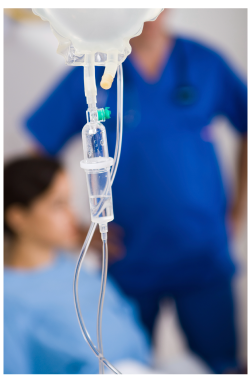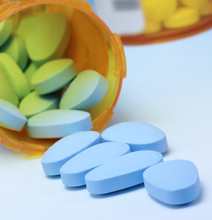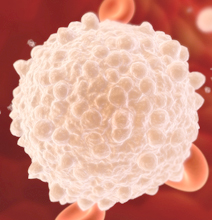CHEMOTHERAPY
Chemotherapy is the use of toxic chemical substances to kill fast dividing cancer cells.

These drugs work by interfering with the tumor's ability to grow and divide.
They can be administered together with hormonal treatments or targeted therapies.
Chemotherapy can be adjuvant (given after surgery), neoadjuvant (given before surgery), and even used to treat metastatic cancer (already spread)
Adjuvant chemotherapy
Adjuvant (which means “in addition to”) chemo refers to medicines used after surgery to prevent the evolution of existing micrometastases (metastases still too new and small to be detected).
About 10-30% of breast cancer patients with “clean” axillary (or armpit) lymph nodes (so apparently no malignant cells), and 35-90% of those with cancer cells present, will suffer a new episode of the disease if treated solely with localized therapies. This results from hidden micrometastases.
During surgery to remove a breast tumor a surrounding layer of healthy tissue is already taken to try to prevent cancer cells from being left behind. Nevertheless, and particularly in more conservative surgeries, it might be necessary to follow this with radio or chemotherapy.
Together with effective local therapy, adjuvant chemotherapy can drastically increase the success of breast cancer treatments.
Neo-adjuvant chemotherapy
In advanced but localized breast carcinomas , and in inflammatory breast cancer chemotherapy can be prescribed before surgery, in which case it is called neo-adjuvant chemotherapy.
This tactic can reduce tumor size in about 80-90% of breast carcinoma patients, facilitating subsequent surgery and radiotherapy. A smaller tumor is easier to operate, allows for more conservative surgery and better local control.
Neo-adjuvant chemotherapy also allows doctors to assess the tumor sensitivity to future chemotherapy treatments.
Chemotherapy for metastatic breast cancer
Metastatic breast cancer – meaning one that has spread - is always more difficult to treat one a tumor that remained restricted to the breast or nearby lymph nodes. To fully eliminate cancer cells, once they travelled to other organs, is difficult.
Nevertheless there are already treatments specific for patients with metastatic cancer, and others being developed, that can significantly improve their survival chance.
Which therapy or therapies to use depends on several factors, from the characteristics of the tumor cells to the patient's symptoms and previous treatments.
Chemotherapy, however, remains the main treatment for metastatic breast cancer. As with radiotherapy, it can be used to reduce the tumor's size or growth, but also to relieve some of the disease side effects. However, it carries its own side effects reducing the patient's quality of life.
In cancers positive for hormone receptors , the first treatment used, though, is always hormonal therapy because of its significantly fewer side effects in comparison to chemo. In tumours positive for the HER2 receptor drugs such as trastuzumab (©Herceptin) can also be used.





